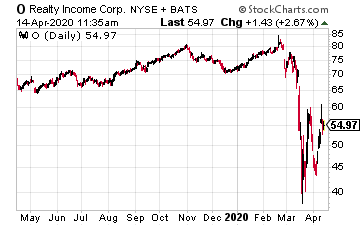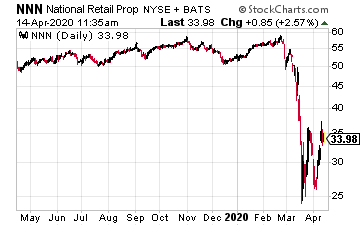The COVID-19 outbreak has shown us once again that life can be unpredictable. The uncertainty produced by these situations is real. Many people give in to the fear, leading to actions such as hoarding toilet paper and dumping investments to lock in their losses. Others look for opportunities to improve their futures.
A rearview mirror look at the 2007-2009 financial crisis and stock market bear market reveal the range of outcomes experienced by investors.
The stock bear market lasted from a peak in October 2007 to the bottom in March 2009.
Over that period, The S&P 500 stock index lost 50% of its value.
It took four years after the 2009 bottom for the U.S. stock market to exceed the 2007 peak.
Having lived through that last stock market crash and recovery – as well as quite a few before that – I know that there were two very different reactions by investors. One type is those investors that sold on the way down. They were fearful of further losses and chose to lock in the losses they had incurred. The further the market fell, the more this type of fear-driven investor sold to lock in the losses. This type of investor never got back into the stock market or waited so long they missed much of the gains to be made coming off the bear market bottom.
The other type of investor understood that, like all past market crashes and economic crises, this one would pass. They took advantage of falling investment values to buy at prices well below the record highs, or average down their costs. Even if these investors bought in too early, they were in a positive return position quickly.
For example, if you had bought into the stock market when it was down 25%, or half the final drop, those investments were back into a profit position a year after the stock market bottom. These investors saw an opportunity in the panic selling of others and took advantage. They realized handsome gains as the stock market increased by 300% over the decade after the 2009 bottom.
Out of a stock bear market, the plan I discuss with investors focuses on buying quality income-producing investments. The goal is to find stocks and other higher-yield investments that will sustain dividend payments or quickly restore payments when the economy gets back on its feet.
Stock bear markets are an opportunity to buy into income stocks that, in normal times, are too expensive or have yields that are not attractive. When share prices fall, cash dividend yields go up—buying during the downturn locks in those higher yields. In the recovery out of a bear market, income-focused investors get the double benefit of a high-yield income stream plus capital appreciation as share prices recover.
The challenge during a bear market and a period of economic uncertainty is picking those investments that will sustain their payments to investors. The COVID-19 triggered economic crisis has pushed a lot of companies to cut or suspend dividends until they can be more confident of the future for their businesses.
Net lease real estate investment trusts (REITs) are one income stock sector with sustainable dividends and attractive yields, now that share prices are down. Net lease REITs own hundreds to thousands of free-standing commercial properties. These properties are your neighborhood gas stations, fast food restaurants, quickie marts, and auto parts stores.
The higher quality net lease REITs have long track records of paying growing dividends. The boards of directors will want to keep those dividend payment records intact. Here are two net lease REITs to buy during the current bear market.
 Realty Income Corp (O) calls itself “The Monthly Dividend Company.” The REIT owns over 6,400 properties with long-term next lease agreements.
Realty Income Corp (O) calls itself “The Monthly Dividend Company.” The REIT owns over 6,400 properties with long-term next lease agreements.
Dividends have been declared and paid for 596 straight months, and the dividend rate has been increased for 90 consecutive quarters. The average dividend growth has been 4.5% per year since 1994. That period covers two stock market crashes and several economic recessions.
Shares of Realty Income are a great deal when the yield is above 5%, which is when the share price is below $56.
 National Retail Properties, Inc. (NNN) has increased its dividend for 30 consecutive years.
National Retail Properties, Inc. (NNN) has increased its dividend for 30 consecutive years.
This REIT owns over 3,000 single-tenant retail stores on long-term net-lease contracts. The current dividend payout rate is 73% of adjusted funds from operations (AFFO). The dividend is secure even if the REIT gives short-term rent relief to some tenants.
The historical average yield for NNN is less than 4%. You can now pick shares with a yield above 5.5%.
Buy NNN up to $37.50 to lock in that above-average yield.
— Tim Plaehn
MAG-7 Stocks Are Dead—Here's What Killed Them [sponsor]The old way of investing in tech giants is over. A NEW strategy unlocks 146X more income on the SAME underlying stocks (like Meta, Apple, and Amazon) -- WITHOUT options trading. Click here to uncover the NEW MAG-7 alternative.
Source: Investors Alley

